
| Recorded by: John Petranka and Sally Gewalt on 2025-04-29
Warren Co.
Comment: | 
| Recorded by: Mark Basinger on 2025-04-29
Wilson Co.
Comment: |
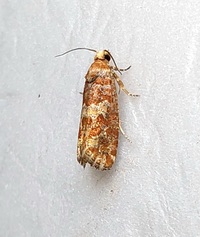
| Recorded by: Mark Basinger on 2025-04-29
Wilson Co.
Comment: | 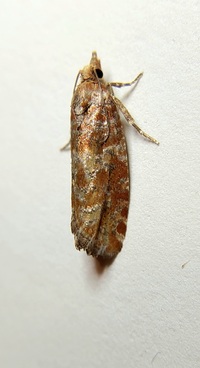
| Recorded by: Mark Basinger on 2024-05-01
Wilson Co.
Comment: |
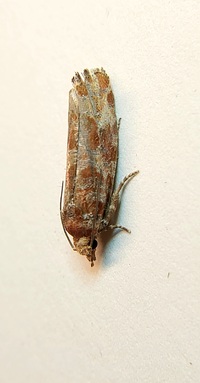
| Recorded by: Mark Basinger on 2024-04-29
Wilson Co.
Comment: | 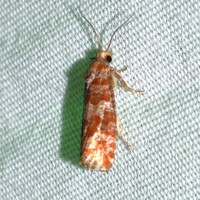
| Recorded by: David George, Jeff Niznik, Rich Teper on 2024-04-17
New Hanover Co.
Comment: |
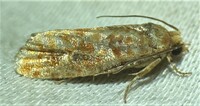
| Recorded by: Dean Furbish and Joy Wiggins on 2023-05-11
Wake Co.
Comment: | 
| Recorded by: Chuck Smith on 2023-05-07
Davidson Co.
Comment: |

| Recorded by: Dean Furbish and Joy Wiggins on 2023-04-21
Wake Co.
Comment: | 
| Recorded by: Gary Maness on 2021-05-02
Guilford Co.
Comment: |
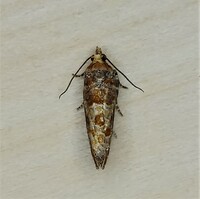
| Recorded by: Gary Maness on 2021-05-02
Guilford Co.
Comment: | 
| Recorded by: Steve Hall on 2019-05-07
Orange Co.
Comment: |

| Recorded by: Gary Maness on 2019-04-29
Guilford Co.
Comment: | 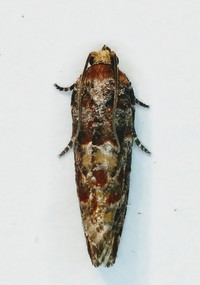
| Recorded by: Gary Maness on 2019-04-29
Guilford Co.
Comment: |
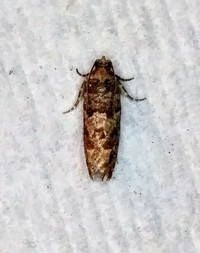
| Recorded by: Gary Maness on 2018-05-14
Guilford Co.
Comment: | 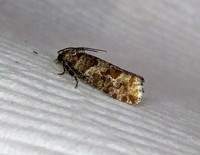
| Recorded by: Gary Maness on 2018-05-14
Guilford Co.
Comment: |
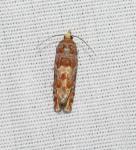
| Recorded by: B. Bockhahn, K. Kittelberger on 2017-04-12
Gates Co.
Comment: | 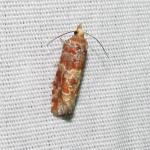
| Recorded by: B. Bockhahn, K. Kittelberger on 2017-04-12
Gates Co.
Comment: |
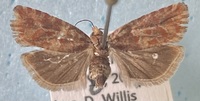
| Recorded by: Darryl Willis on 2016-04-12
Cabarrus Co.
Comment: | 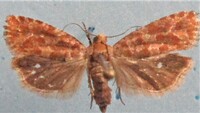
| Recorded by: Darryl Willis on 2015-05-12
Cabarrus Co.
Comment: |

| Recorded by: Darryl Willis on 2013-05-08
Cabarrus Co.
Comment: |

 »
»

 »
»